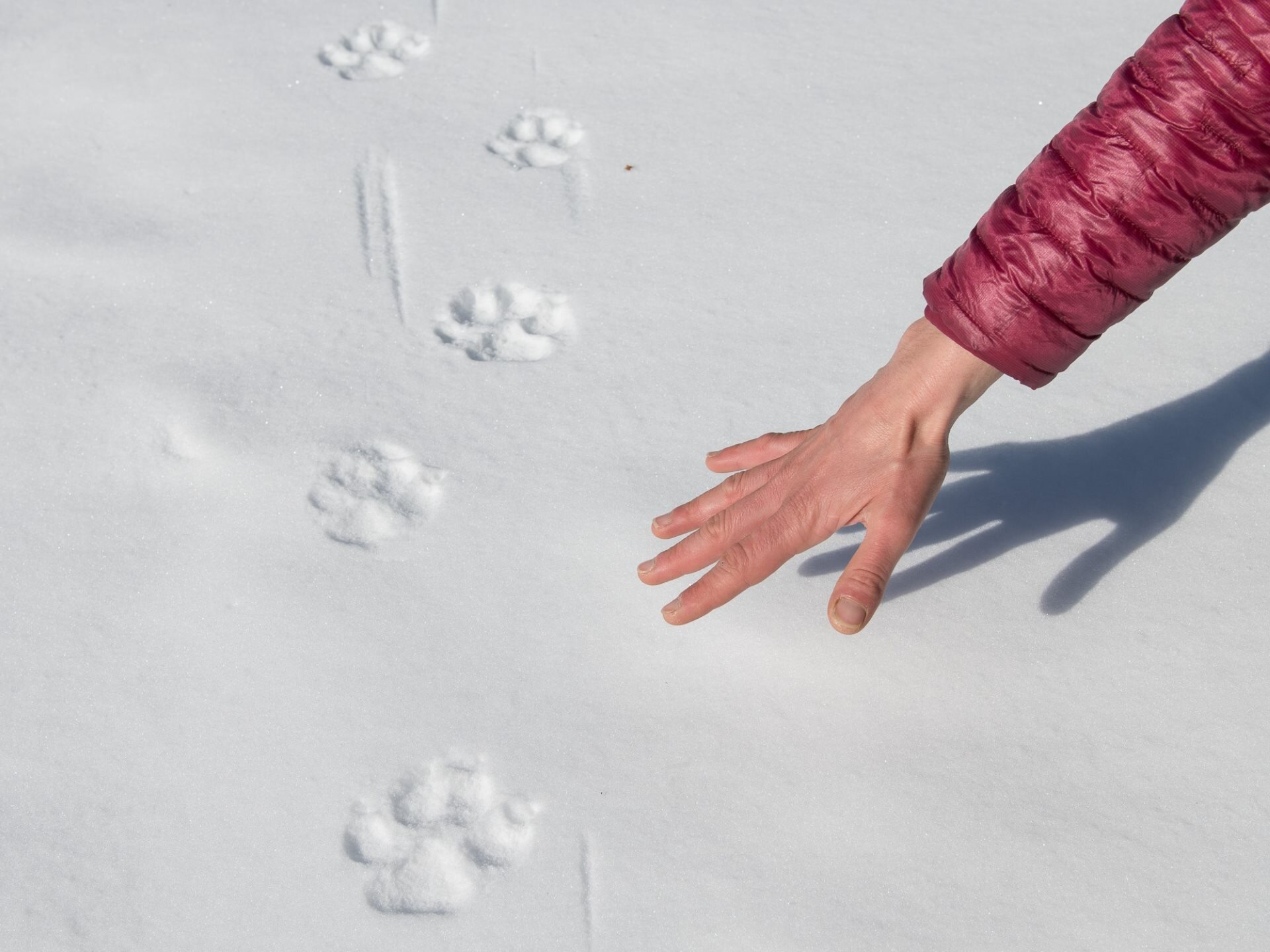From December to February, Abruzzo and the Central Apennines experience a typical mountain climate, with average temperatures ranging from -5°C to 5°C — and dropping to -10°C during the coldest nights.
At higher altitudes, temperatures can fall even further, often accompanied by heavy snowfall, cold winds, and frost. These elements create a stunning, yet challenging environment.
That’s why it’s essential to be well-equipped with proper winter technical clothing and footwear — crucial for ensuring comfort, protection, and safety throughout your adventure.






